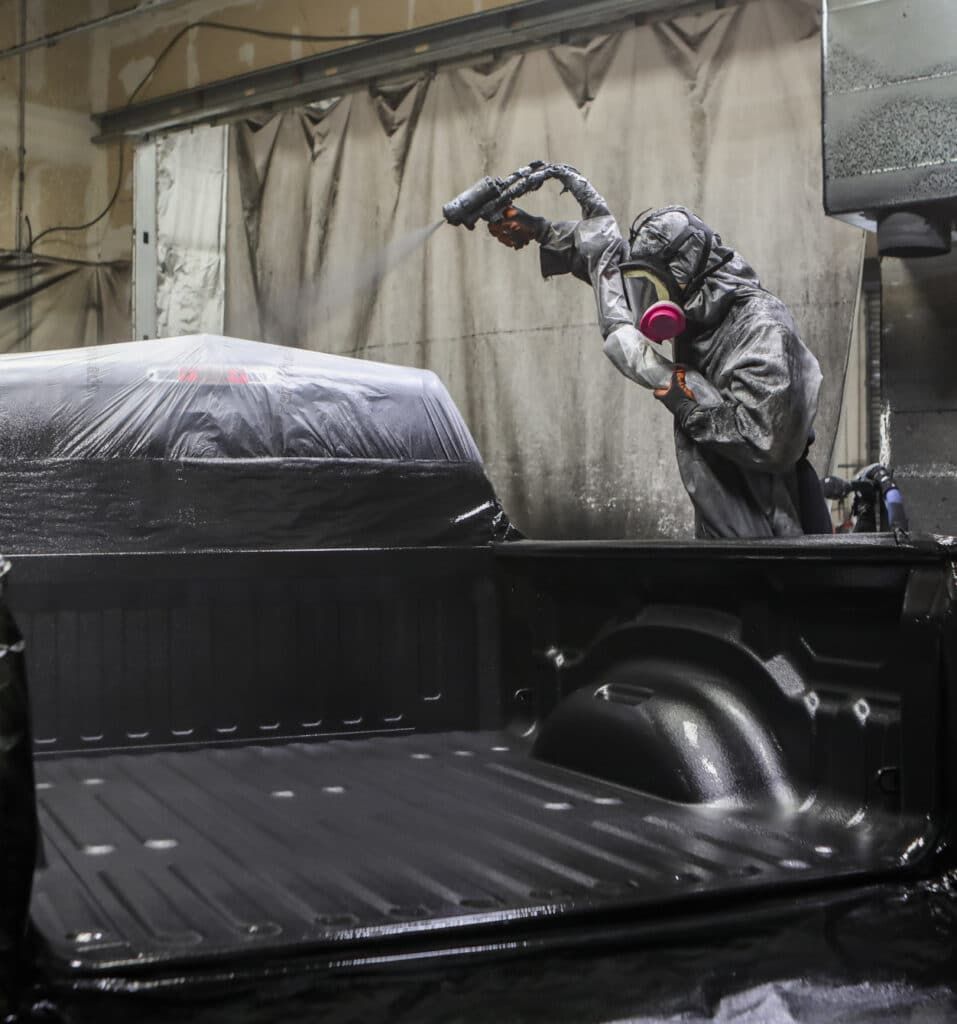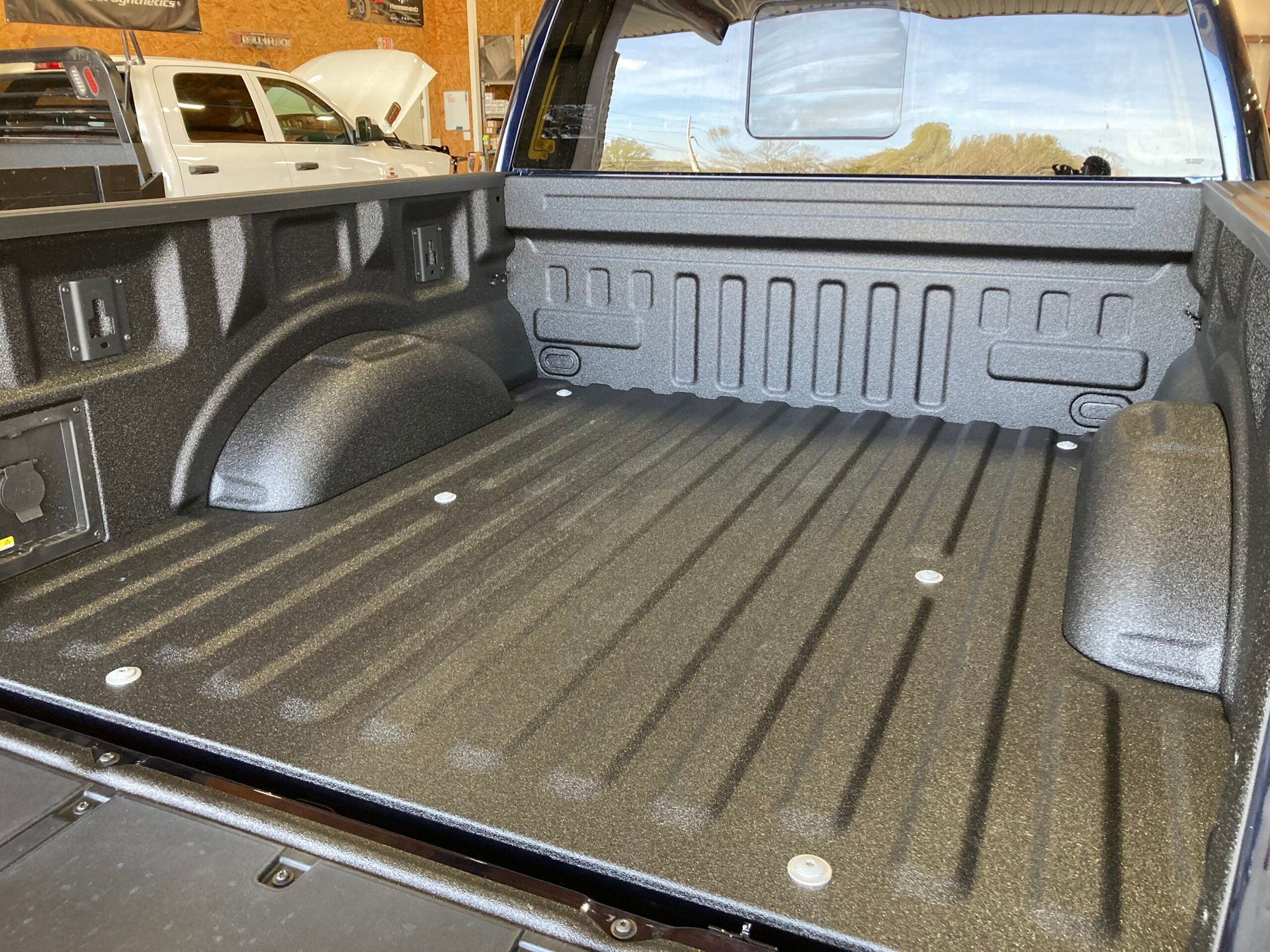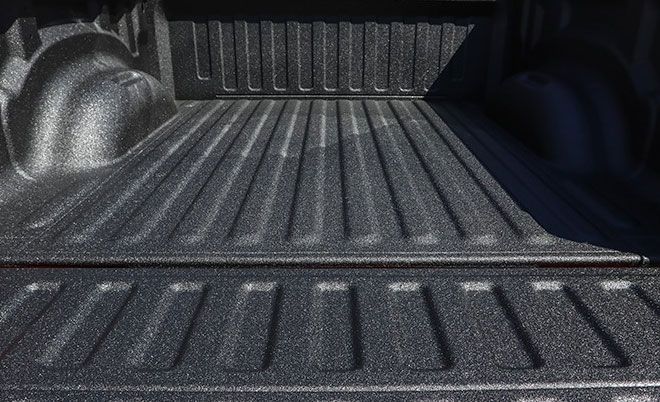How PPF Works: Everything You Need to Know
Paint Protection Film (PPF) might look like a simple clear layer, but behind it is advanced technology engineered to keep your car safe. In this blog, we’ll break down exactly how it works, why it’s so effective, and what you can expect once it’s installed.
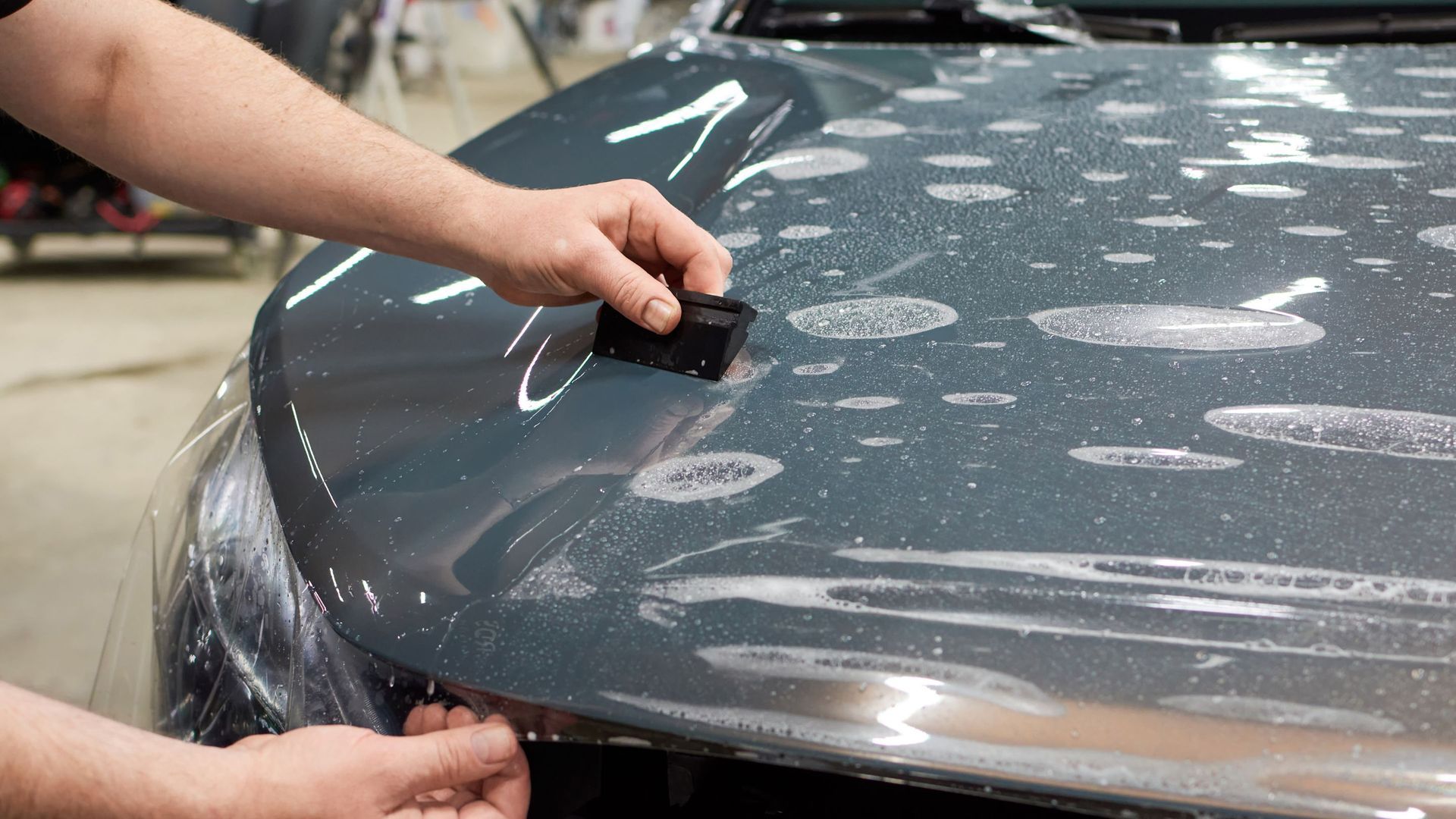
What Is PPF Made Of?
PPF is typically a multi-layer urethane film, often 6–8 mils thick. It includes an elastomeric polymer layer that has “memory.” This allows the film to absorb impacts and return to its original shape, which is how scratches and swirls can disappear with heat.
The Science of Self-Healing
When your car gets minor scratches from washing, road debris, or brushes against objects, the film’s topcoat softens under sunlight or warm water. As the molecules realign, the scratches fade until the film looks smooth again. This technology means your car maintains a flawless finish even after daily driving.
Why Understanding PPF Matters
Many drivers think of PPF as just a “clear sticker,” but knowing the science and benefits highlights why it’s a premium solution. It doesn’t just cover your paint—it actively defends, heals, and extends the life of your vehicle’s finish.
Longevity and Maintenance
High-quality films last 7–10 years depending on conditions. Maintenance is simple: hand wash with gentle soaps, avoid harsh chemicals, and consider pairing it with a ceramic coating for easier cleaning and extra gloss. Unlike wax or sealants, there’s no need to reapply—PPF provides long-term, consistent protection.
How PPF Protects Against Damage
- Impact Resistance: Rocks, gravel, and sand hit the film instead of the paint.
- UV Protection: Blocks harmful rays that fade paint.
- Chemical Resistance: Resists damage from bug splatter, bird droppings, and road salts.
- Hydrophobic Properties: Water and dirt slide off, making washes quicker and safer.
Installation Process
Professional installation is critical. Each panel of your vehicle is measured and cut precisely, often using computer templates for exact fitment. The film is applied with a slip solution that allows it to be positioned before it bonds tightly to the surface. When done right, edges are nearly invisible and the protection looks seamless.
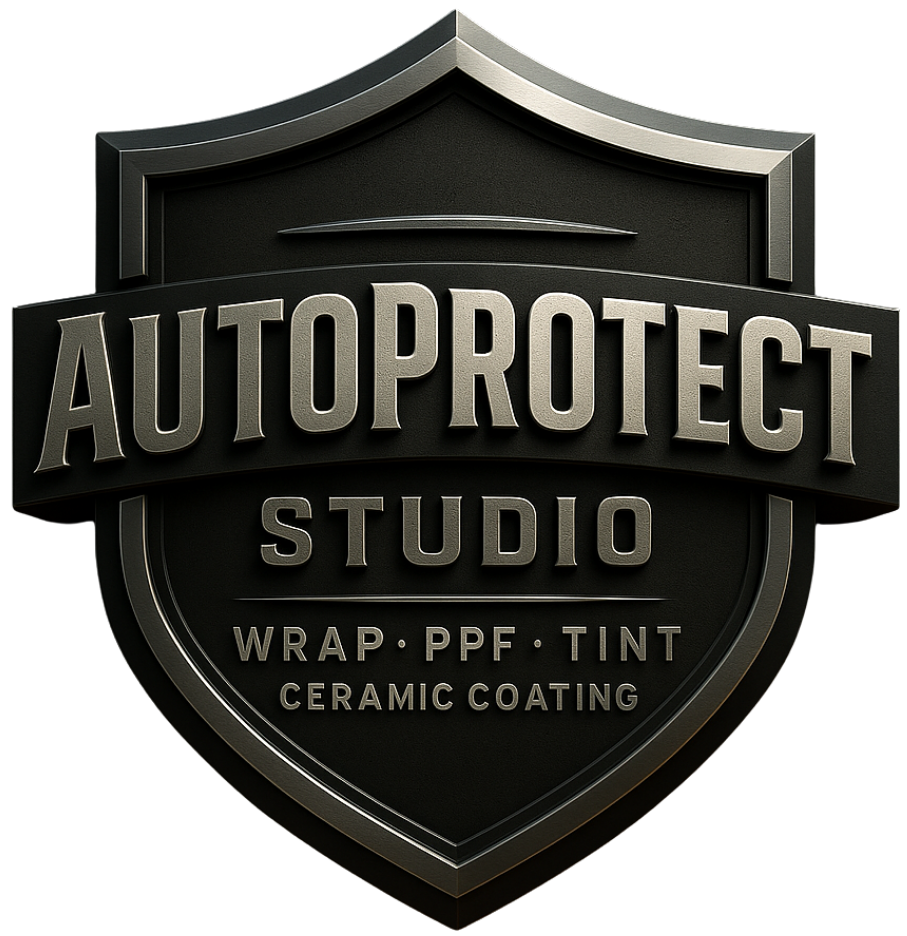
Ready to protect your new car?
Curious if PPF is right for you? Schedule a consultation today and see how invisible protection can save you thousands in repairs.
